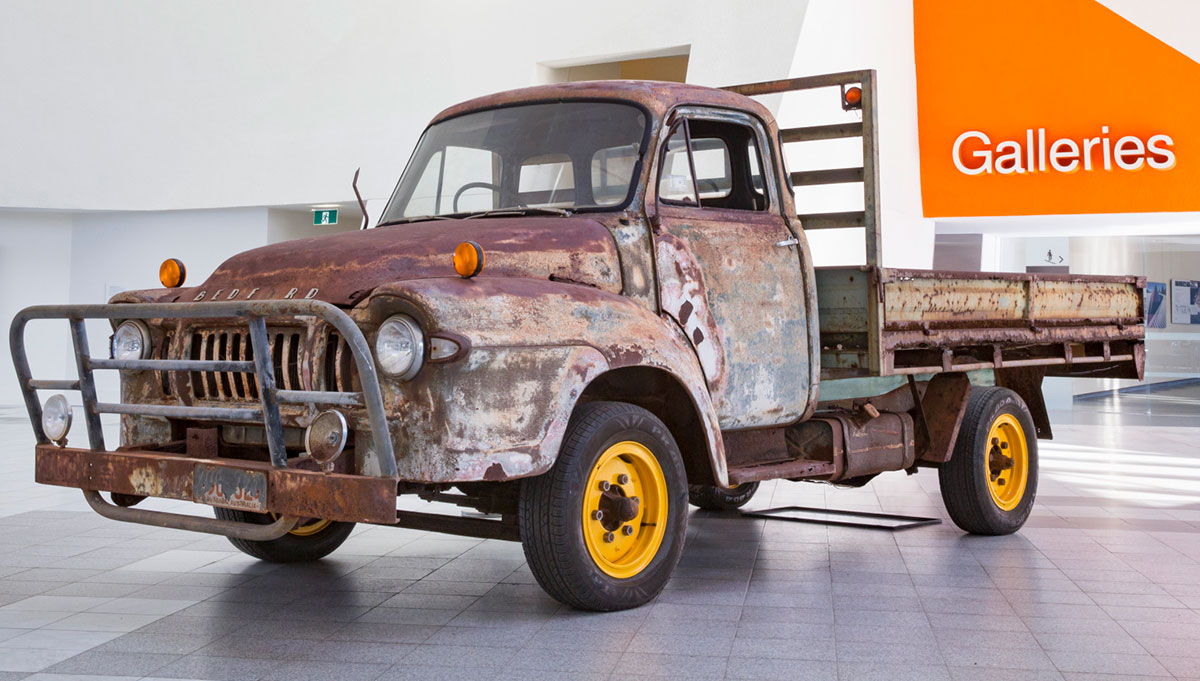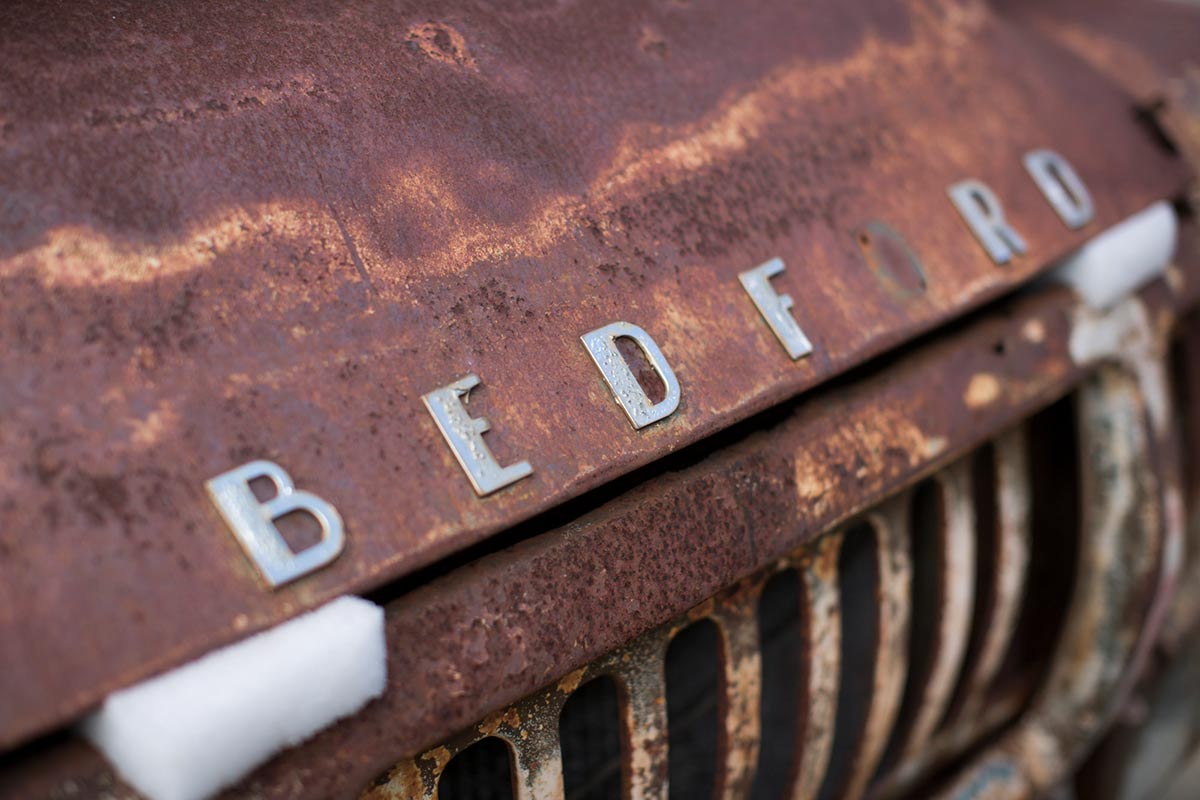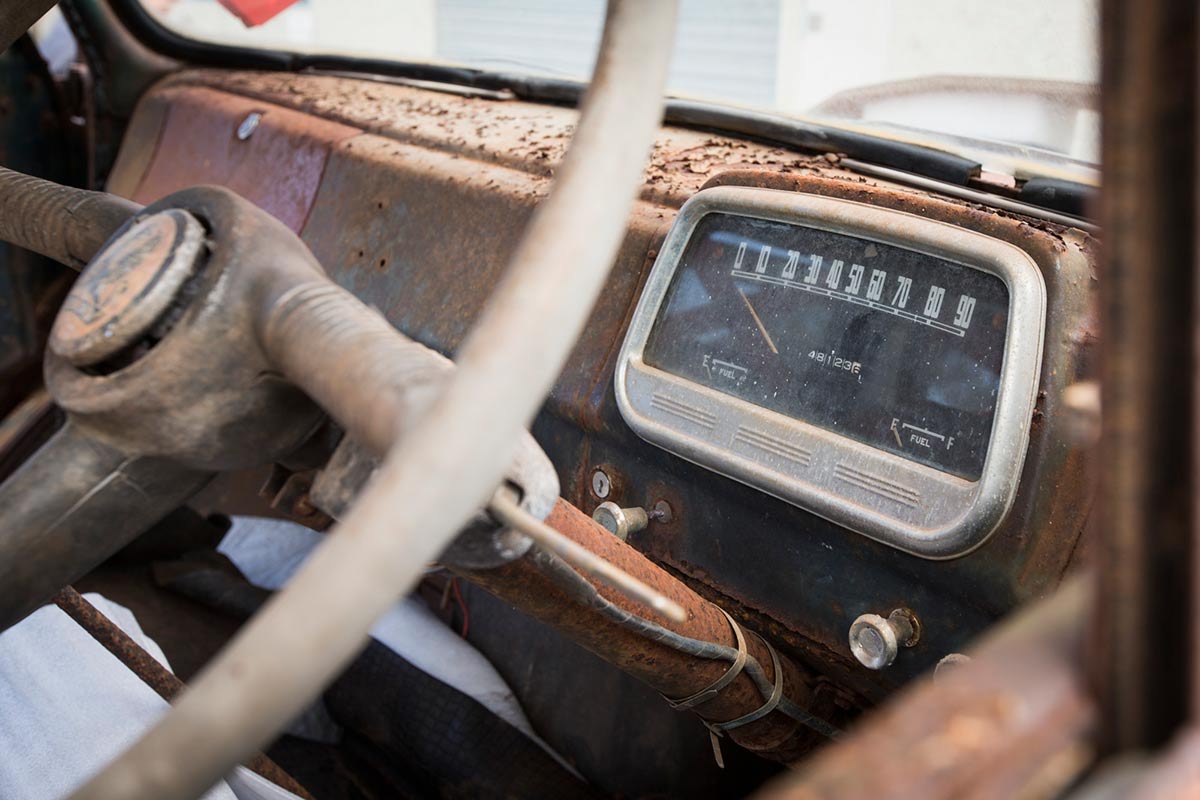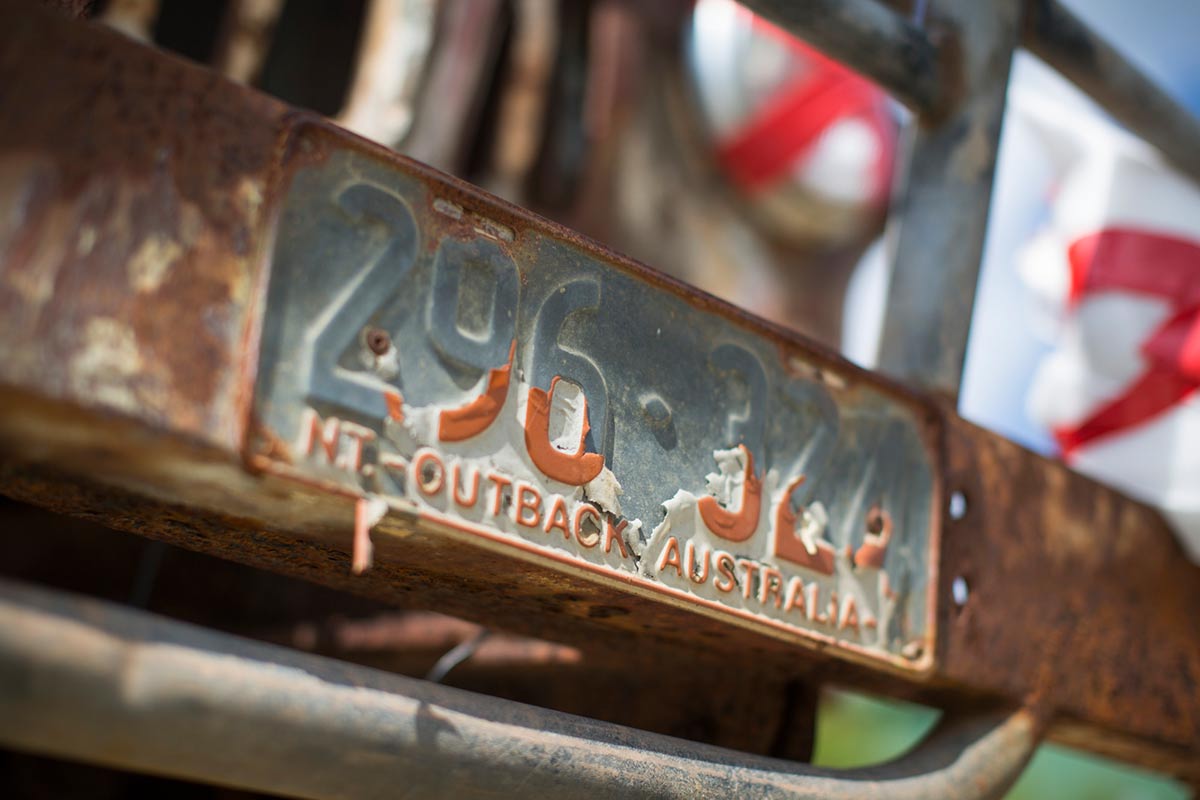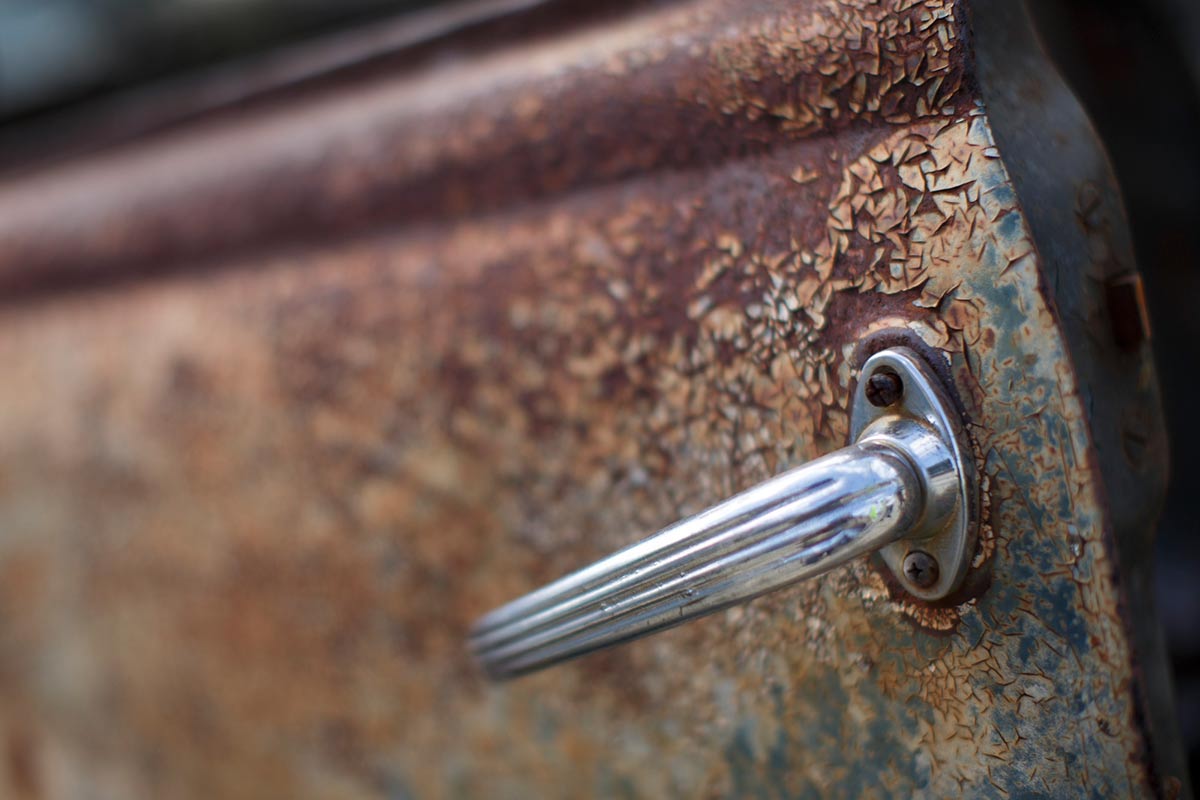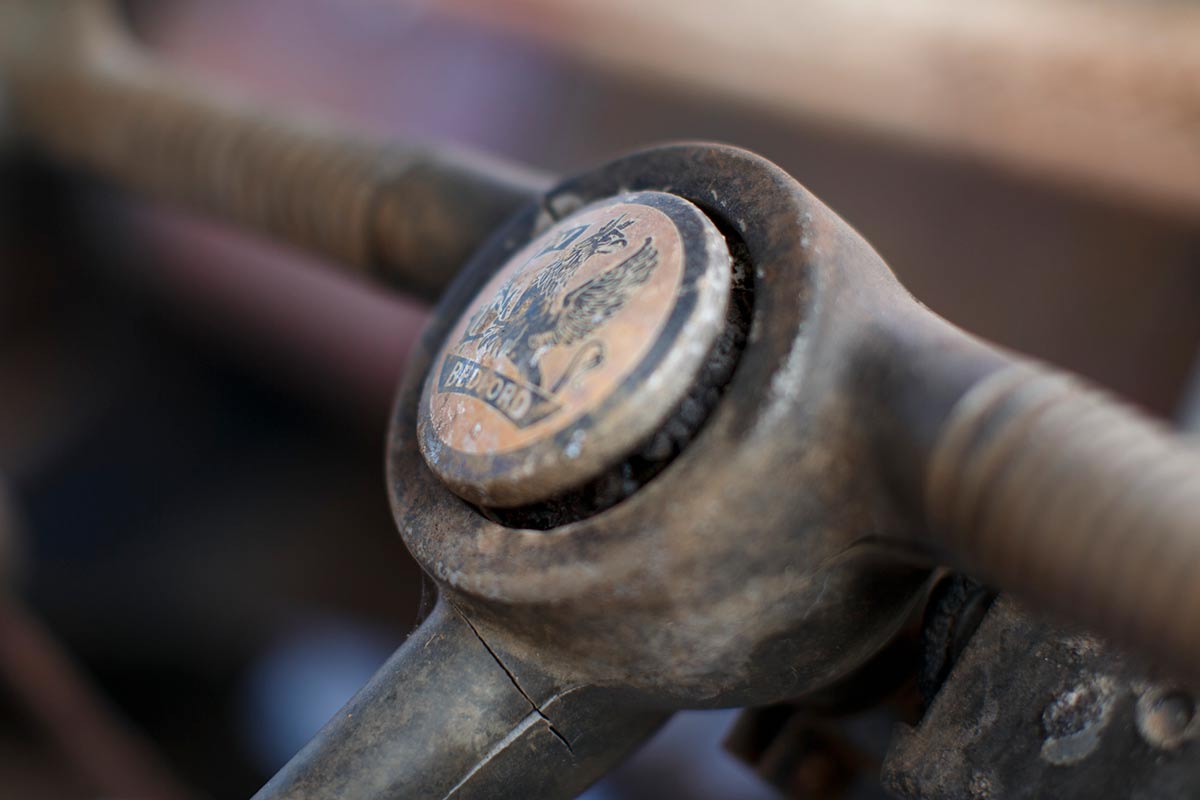On 23 August 1966, Gurindji and associated Malgnin, Mudburra, Bilinarra, Ngarinyman and Warlpiri workers walked off Jinparrak (Old Wave Hill Station) in the Northern Territory. They were protesting against unequal pay and poor conditions. The walk-off sparked a 9-year struggle for the return of their land.
When trade union activist and civil rights campaigner Brian Manning heard of the strike, he loaded his TJ Series Bedford truck with food and supplies and drove almost 800 kilometres along rough and unsealed roads from Darwin to Wave Hill. He repeated this gruelling journey at least 15 times over the next 7 years.
The supplies Manning carried were vital, but so was the information he brought about he progress of the Gurindji people's long campaign for recognition and rights.
Brian Manning, 2006:
So I loaded up this little Bedford with about 3 tonne of stuff. God, it took nearly 2 days. The roads were shocking.
Manning (1932–2013) was among the first to respond to the Wave Hill Walk-Off. His travelling companions and fellow supporters included Northern Territory Council of Aboriginal Rights members and First Nations activists Dexter Daniels and Robert Tudawali.
Manning later described the arduous journey as leaving him with ‘shot nerves’, driving for 2 days on corrugated dirt at a maximum speed of 40 miles per hour, so as not to lose control of the overladen vehicle.
The Museum’s collection includes the tuckerbox used to store Manning’s daily provisions on his frequent trips out bush, including during his involvement in the Wave Hill Walk-Off. The tuckerbox was an essential item on any outback journey, since roadhouses were few and far between.
Bedford truck conservation
A dedicated committee worked to help preserve the Bedford truck, which was placed on the Northern Territory Government Heritage Register in 2010–11.
The committee included Manning’s children, Brian Junior and Louisa, the NT National Tertiary Education Union’s Terry Lawler, his close friend and the truck’s custodian Kerry Gibbs and unionist Heinz Schmidt. The committee decided to donate the Bedford truck to the National Museum of Australia in 2016, in honour of the 50th anniversary of the Wave Hill Walk-Off.
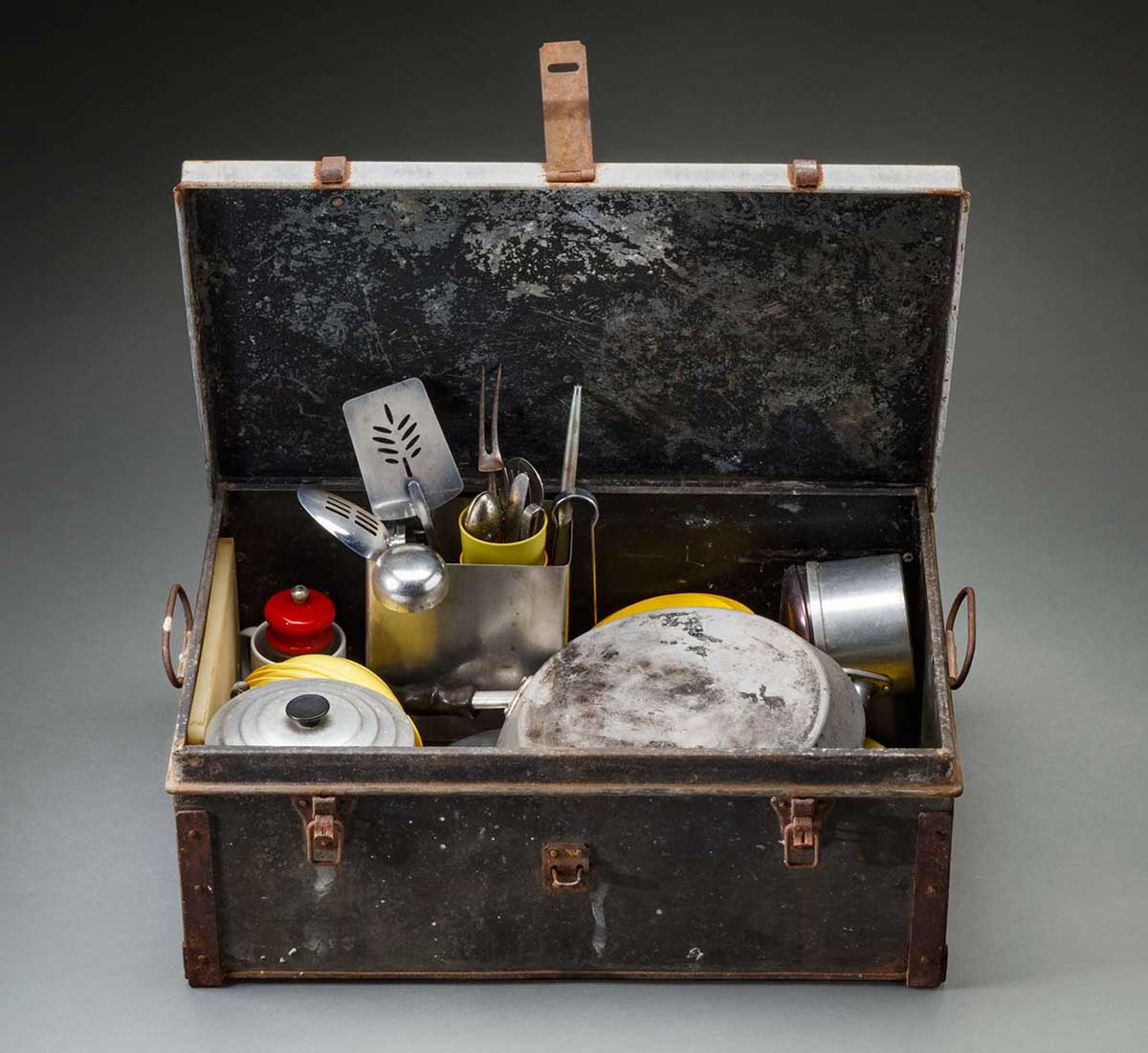
When conservation staff collected the truck in late 2016, Brian Manning Junior donated his father’s tuckerbox to the Museum.
These objects reflect the unwavering determination of the Gurindji people in their fight for their homelands and the determination of their many supporters in Australia and overseas.
The Museum continues to consult First Nations representatives about the most appropriate ways to conserve and display this important vehicle.
